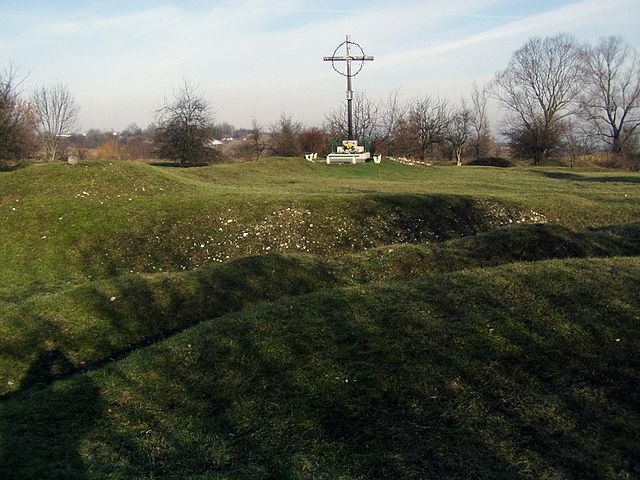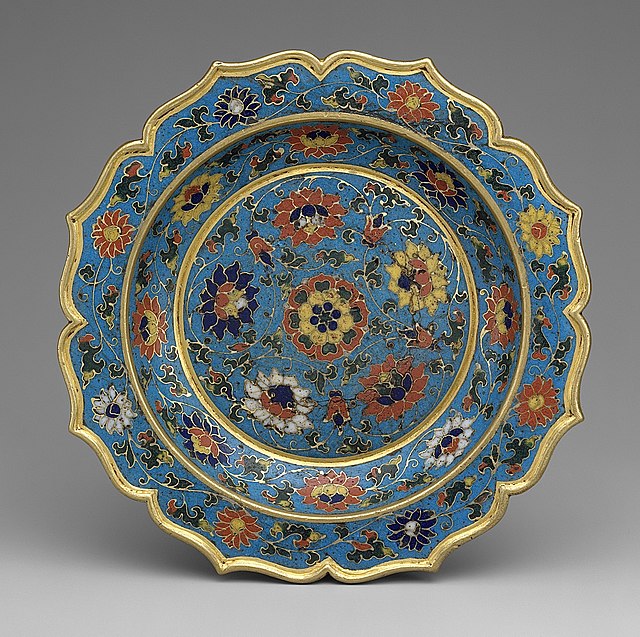Oskar Schindler was a German industrialist, humanitarian, and member of the Nazi Party who is credited with saving the lives of 1,200 Jews during the Holocaust by employing them in his enamelware and ammunitions factories in occupied Poland and the Protectorate of Bohemia and Moravia. He is the subject of the 1982 novel Schindler's Ark and its 1993 film adaptation, Schindler's List, which reflected his life as an opportunist initially motivated by profit who came to show extraordinary initiative, tenacity, courage, and dedication in saving his Jewish employees' lives.
Schindler sometime after 1945
Schindler's factory in Kraków, 2011
Hujowa Górka ("Prick Hill"), the execution place in Kraków-Płaszów concentration camp (2007)
Schindler's factory at the former site of Brünnlitz labor camp in 2004
Vitreous enamel, also called porcelain enamel, is a material made by fusing powdered glass to a substrate by firing, usually between 750 and 850 °C. The powder melts, flows, and then hardens to a smooth, durable vitreous coating. The word vitreous comes from the Latin vitreus, meaning "glassy".
Gothic châsse; 1185–1200; champlevé enamel over copper gilded; height: 17.7 cm (7.0 in), width: 17.4 cm (6.9 in), depth: 10.1 cm (4.0 in)
Chinese dish with scalloped rim, from the Ming dynasty; early 15th century; cloisonné enamel; height: 2.5 cm, diameter: 15.2 cm
Staffordshire Moorlands Pan, 2nd-century Roman Britain
Detail of painted Limoges enamel dish, mid-16th century, attributed to Jean de Court








